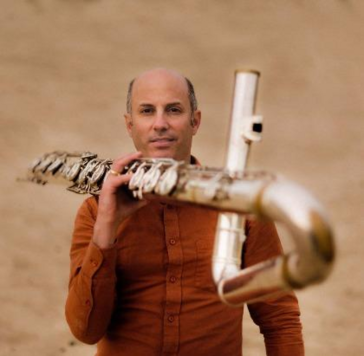We provide greater theoretical precision to the concept of productive opportunities of Penrose. We show firm emergence as a recursive cycle of changing productive opportunities. We show how those opportunitiesresult from the technological base of the firm and are associated with the particular characteristics of the technology.We also show how productive opportunities require the assembly of different internal and externalresources, and therefore partners. We address explicitly how the firm and its potential partners perceive uncertainty and single out the different mechanisms used by the firm to address uncertainty—envisioning, pooling, and staging—to secure resources from external partners and exploit the identified productive opportunities in a timely manner.

Voor het vierde achtereenvolgende jaar organiseerde SURF Educatie de EduTrip, waaraan dit jaar maar liefst ruim 100 mensen uit het Nederlandse hoger onderwijs en aan het onderwijs gerelateerde bedrijfsleven deelnamen. Doel van het Nederlandse bezoek aan EDUCAUSE was allereerst om via netwerken en het leggen van contacten met collega s, gezamenlijk zicht te krijgen op de huidige stand van zaken rondom ICT in de Amerikaanse instellingen voor hoger onderwijs. Op basis hiervan is dit boekje tot stand gekomen.

MUSE supports the CIVITAS Community to increase its impact on urban mobility policy making and advance it to a higher level of knowledge, exchange, and sustainability.As the current Coordination and Support Action for the CIVITAS Initiative, MUSE primarily engages in support activities to boost the impact of CIVITAS Community activities on sustainable urban mobility policy. Its main objectives are to:- Act as a destination for knowledge developed by the CIVITAS Community over the past twenty years.- Expand and strengthen relationships between cities and stakeholders at all levels.- Support the enrichment of the wider urban mobility community by providing learning opportunities.Through these goals, the CIVITAS Initiative strives to support the mobility and transport goals of the European Commission, and in turn those in the European Green Deal.Breda University of Applied Sciences is the task leader of Task 7.3: Exploitation of the Mobility Educational Network and Task 7.4: Mobility Powered by Youth Facilitation.
Carboxylated cellulose is an important product on the market, and one of the most well-known examples is carboxymethylcellulose (CMC). However, CMC is prepared by modification of cellulose with the extremely hazardous compound monochloracetic acid. In this project, we want to make a carboxylated cellulose that is a functional equivalent for CMC using a greener process with renewable raw materials derived from levulinic acid. Processes to achieve cellulose with a low and a high carboxylation degree will be designed.
Students in Higher Music Education (HME) are not facilitated to develop both their artistic and academic musical competences. Conservatoires (professional education, or ‘HBO’) traditionally foster the development of musical craftsmanship, while university musicology departments (academic education, or ‘WO’) promote broader perspectives on music’s place in society. All the while, music professionals are increasingly required to combine musical and scholarly knowledge. Indeed, musicianship is more than performance, and musicology more than reflection—a robust musical practice requires people who are versed in both domains. It’s time our education mirrors this blended profession. This proposal entails collaborative projects between a conservatory and a university in two cities where musical performance and musicology equally thrive: Amsterdam (Conservatory and University of Amsterdam) and Utrecht (HKU Utrechts Conservatorium and Utrecht University). Each project will pilot a joint program of study, combining existing modules with newly developed ones. The feasibility of joint degrees will be explored: a combined bachelor’s degree in Amsterdam; and a combined master’s degree in Utrecht. The full innovation process will be translated to a transferable infrastructural model. For 125 students it will fuse praxis-based musical knowledge and skills, practice-led research and academic training. Beyond this, the partners will also use the Comenius funds as a springboard for collaboration between the two cities to enrich their respective BA and MA programs. In the end, the programme will diversify the educational possibilities for students of music in the Netherlands, and thereby increase their professional opportunities in today’s job market.
